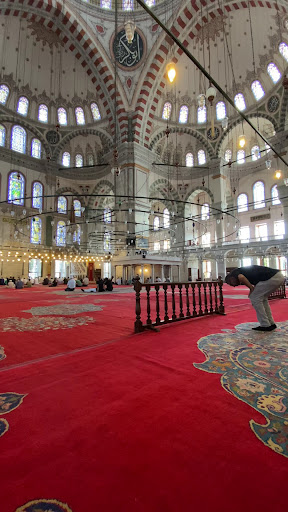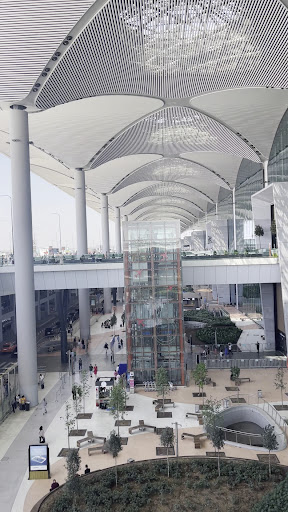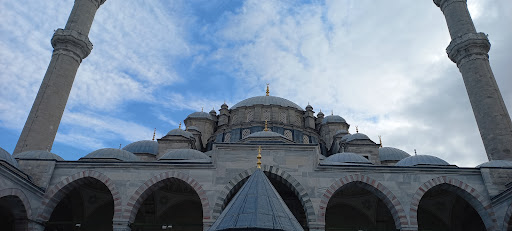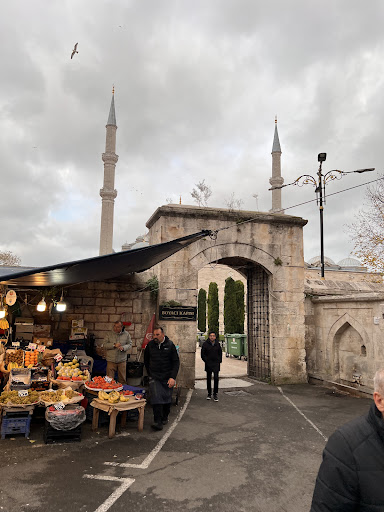Fatih Mosque things to do, attractions, restaurants, events info and trip planning
Basic Info
Fatih Mosque
Ali Kuşçu, Hattat Nafiz Caddesi No:6, 34083 Fatih/İstanbul, Türkiye
4.8(13.8K)
Open 24 hours
Save
spot
spot
Ratings & Description
Info
The large Fatih Mosque is an Ottoman mosque off Fevzi Paşa Caddesi in the Fatih district of Istanbul, Turkey. The original mosque was constructed between 1463 and 1470 on the site of the Church of the Holy Apostles. Seriously damaged in the 1766 earthquake, it was rebuilt in 1771 to a different design.
Cultural
Accessibility
attractions: Sanki Yedim Camii, Column of Marcian, Fatih Memorial Park, Molla Zeyrek Mosque, Aqueduct of Valens, Sheikh Suleyman Mosque, Sarachane Park, Çarşamba Çukurbostan Parkı, Eski Imaret Mosque, Aviation Martyrs' Monument, restaurants: Vezir Han Şark Sofrası, مطعم فاتح الخير, Rumeli Cafe & Restaurant, Eyyam-ı Şamiyye Restoranı, Kömür Türk Mutfağı, Asia Lounge Cafe, Restaurant and Cultural Center, Fatih MADO, Alraii Restaurant, Chef Yusuf by Faruk, Sırdaş Lokantası
 Learn more insights from Wanderboat AI.
Learn more insights from Wanderboat AI.Website
fatih.gov.tr
Plan your stay

Pet-friendly Hotels in Fatih
Find a cozy hotel nearby and make it a full experience.

Affordable Hotels in Fatih
Find a cozy hotel nearby and make it a full experience.

The Coolest Hotels You Haven't Heard Of (Yet)
Find a cozy hotel nearby and make it a full experience.

Trending Stays Worth the Hype in Fatih
Find a cozy hotel nearby and make it a full experience.
Reviews
Nearby attractions of Fatih Mosque
Sanki Yedim Camii
Column of Marcian
Fatih Memorial Park
Molla Zeyrek Mosque
Aqueduct of Valens
Sheikh Suleyman Mosque
Sarachane Park
Çarşamba Çukurbostan Parkı
Eski Imaret Mosque
Aviation Martyrs' Monument
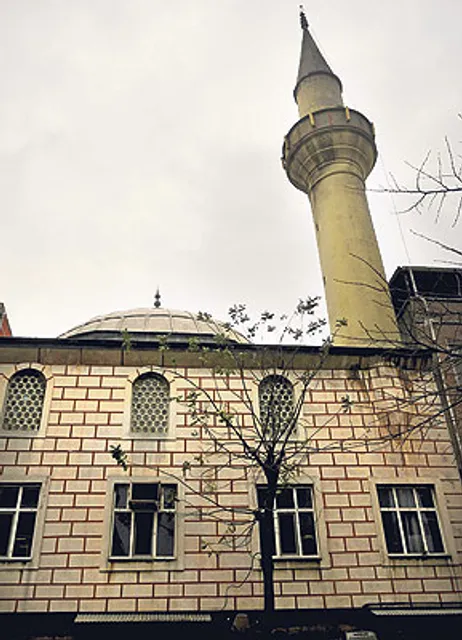
Sanki Yedim Camii
4.7
(257)
Open 24 hours
Click for details
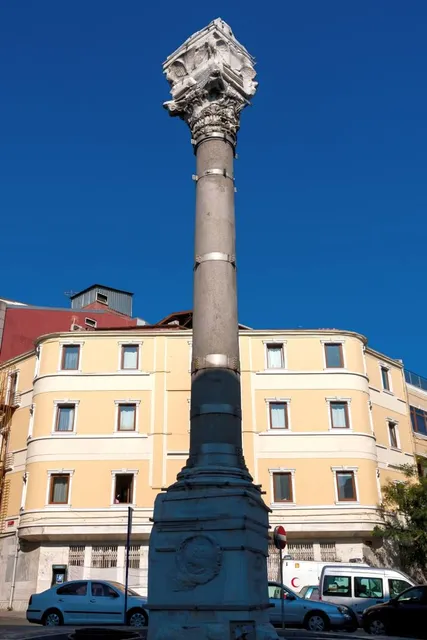
Column of Marcian
4.4
(1.3K)
Open 24 hours
Click for details
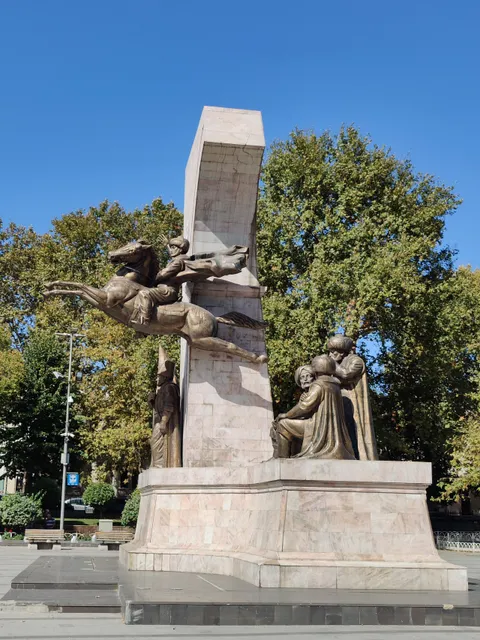
Fatih Memorial Park
4.3
(1.1K)
Open 24 hours
Click for details

Molla Zeyrek Mosque
4.8
(1.3K)
Open 24 hours
Click for details
Things to do nearby

Mosaic Lamp Workshop in a Stylish Galata Atelier
Sat, Dec 27 • 8:00 AM
34425, Beyoğlu, İstanbul, Turkey
View details
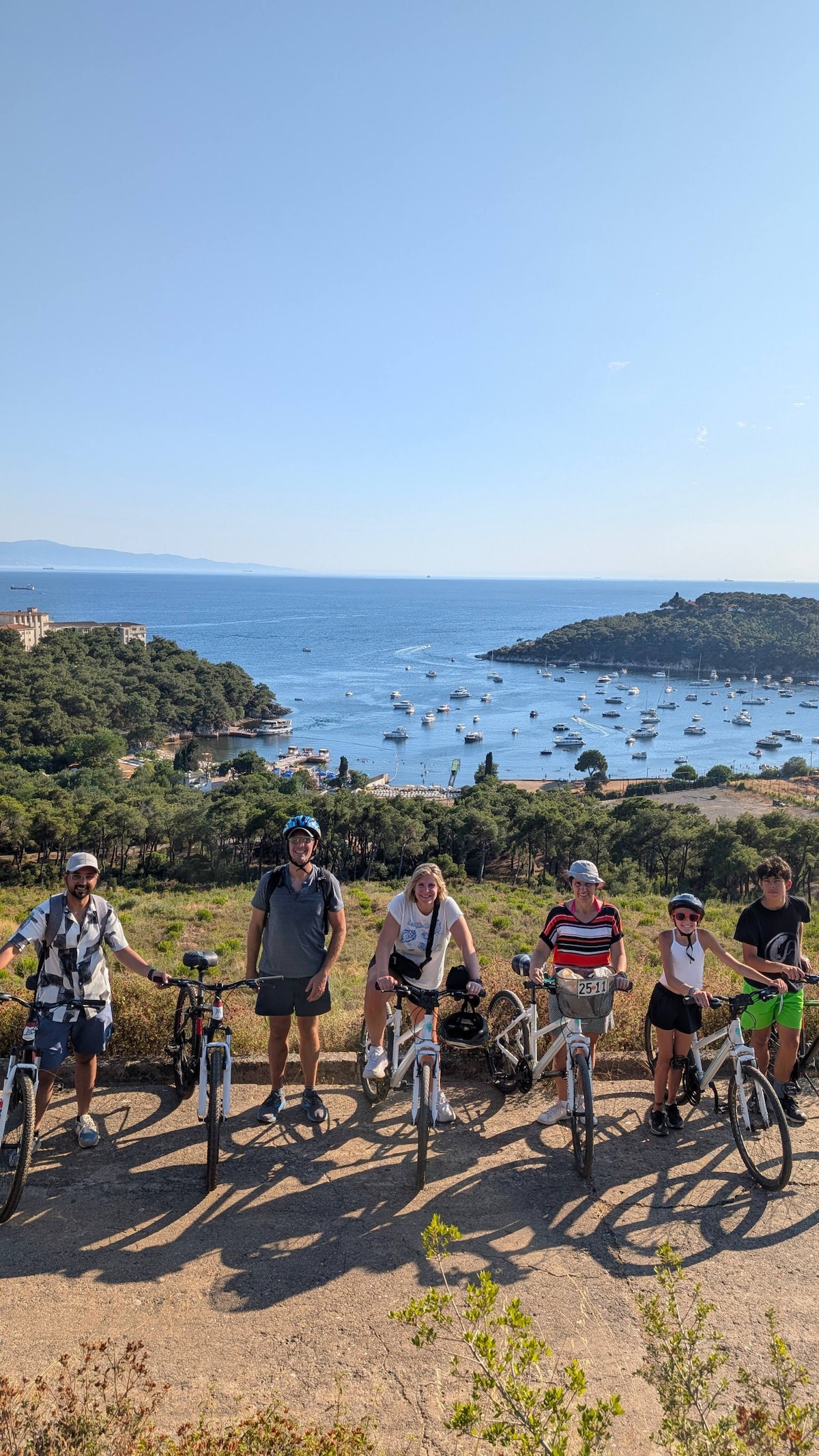
Ride Heybeliada’s scenic paths
Sat, Dec 27 • 10:30 AM
34427, Beyoğlu, İstanbul, Turkey
View details
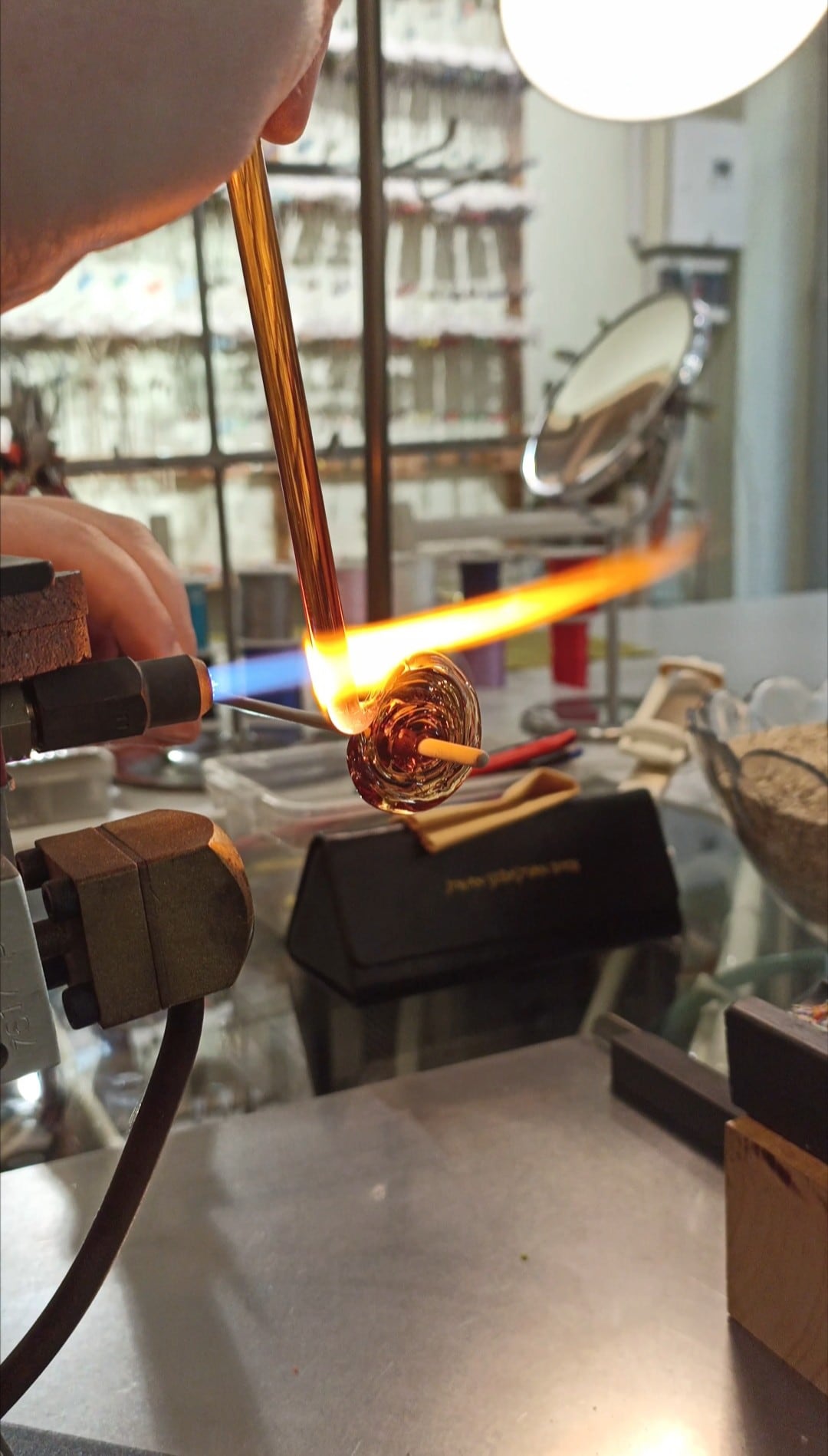
Evil Eye Bead -Glass Bead Workshop Flame Glass Art
Sat, Dec 27 • 10:00 AM
34674, Üsküdar, İstanbul, Turkey
View details
Nearby restaurants of Fatih Mosque
Vezir Han Şark Sofrası
مطعم فاتح الخير
Rumeli Cafe & Restaurant
Eyyam-ı Şamiyye Restoranı
Kömür Türk Mutfağı
Asia Lounge Cafe, Restaurant and Cultural Center
Fatih MADO
Alraii Restaurant
Chef Yusuf by Faruk
Sırdaş Lokantası
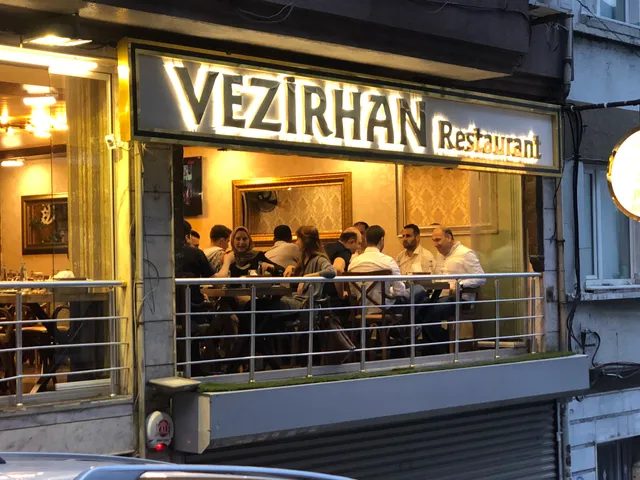
Vezir Han Şark Sofrası
4.2
(928)
$$
Click for details
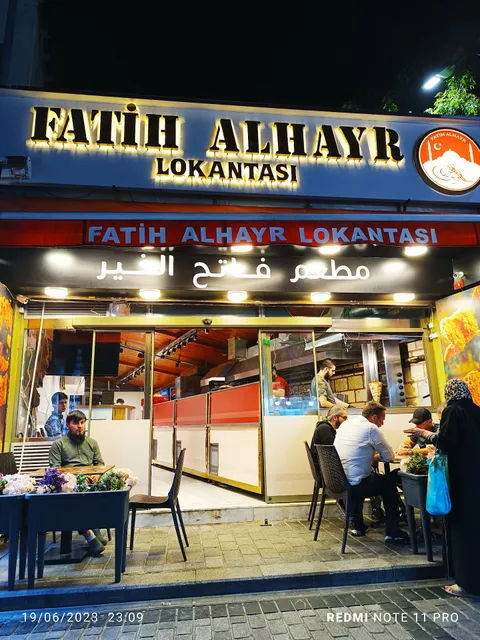
مطعم فاتح الخير
3.8
(323)
Click for details
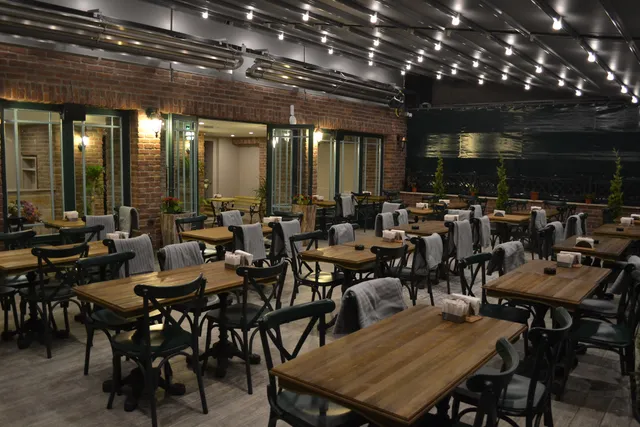
Rumeli Cafe & Restaurant
4.3
(1.1K)
Click for details
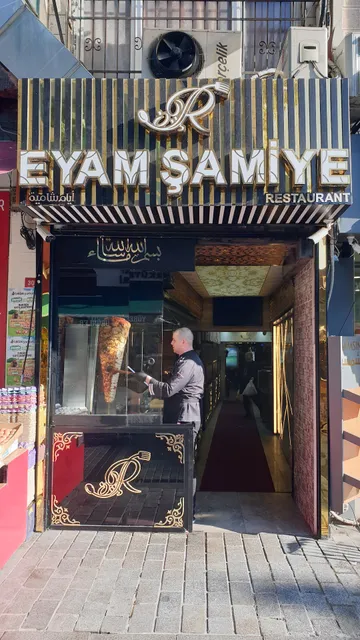
Eyyam-ı Şamiyye Restoranı
3.8
(632)
Click for details



